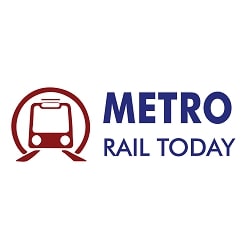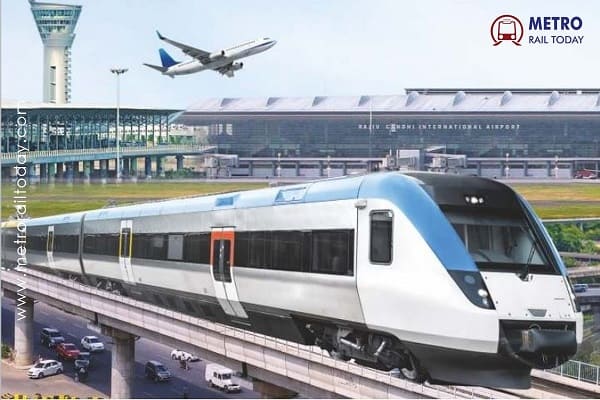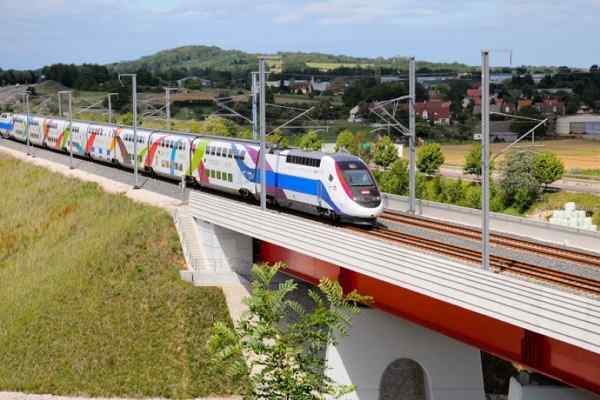 India plans record ₹1.3 Trillion Rail Safety Outlay for FY2026-27
India plans record ₹1.3 Trillion Rail Safety Outlay for FY2026-27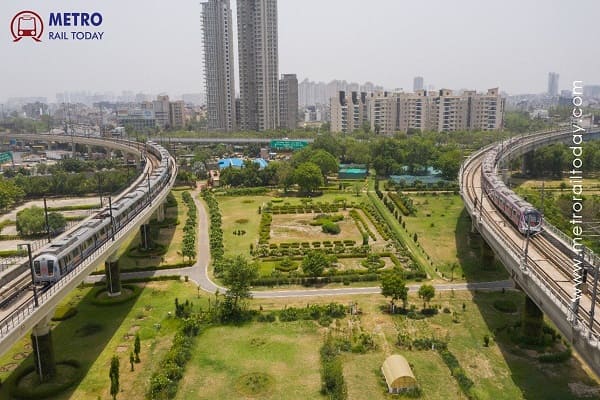 Govt. of India approves three new corridors worth ₹12,015 crore under Delhi Metro Phase V
Govt. of India approves three new corridors worth ₹12,015 crore under Delhi Metro Phase V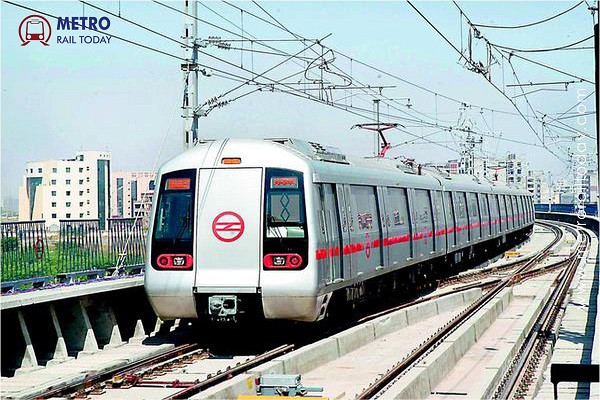 Delhi Metro completes 23 glorious years in public transport service in Delhi-NCR
Delhi Metro completes 23 glorious years in public transport service in Delhi-NCR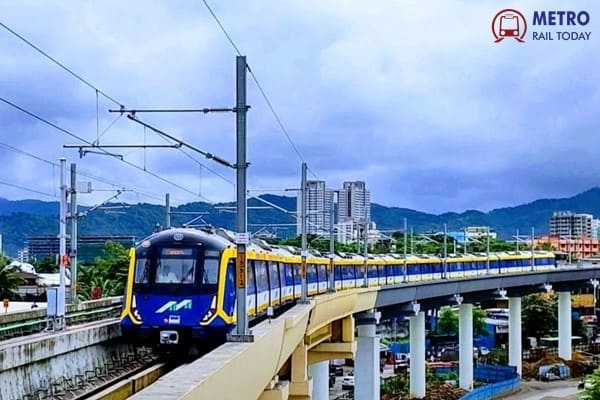 L&T bags major electrification and systems contract for Mumbai Metro Line 4 project
L&T bags major electrification and systems contract for Mumbai Metro Line 4 project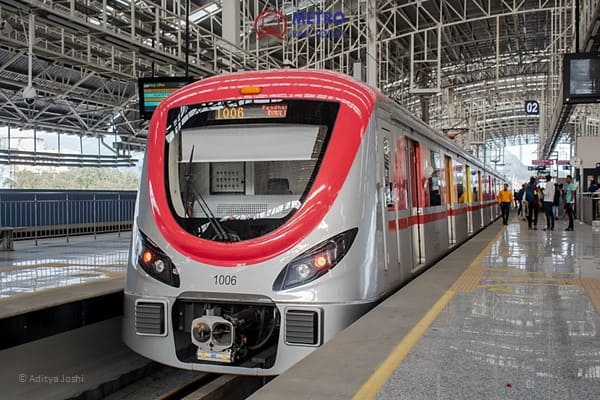 Why many Global Railway OEMs struggle in India — and how they can succeed?
Why many Global Railway OEMs struggle in India — and how they can succeed?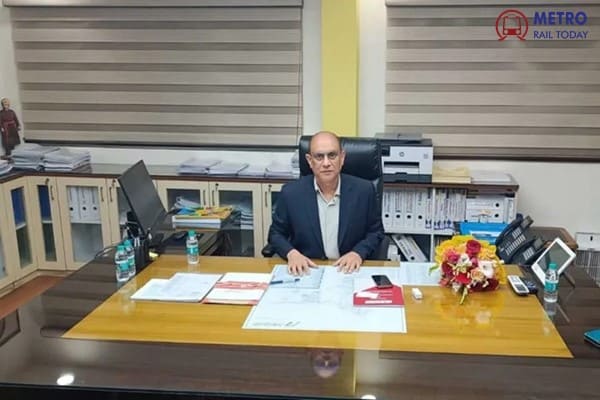 Saleem Ahmad takes charge as new Chairman & Managing Director (CMD) of RVNL
Saleem Ahmad takes charge as new Chairman & Managing Director (CMD) of RVNL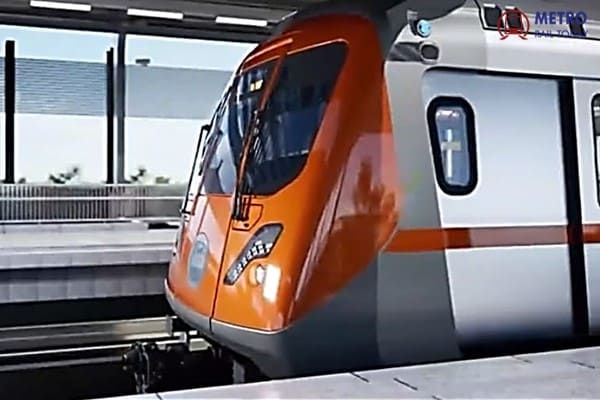 DMRC to implement Advanced AFC System for Bhopal and Indore Metro Rail Projects
DMRC to implement Advanced AFC System for Bhopal and Indore Metro Rail Projects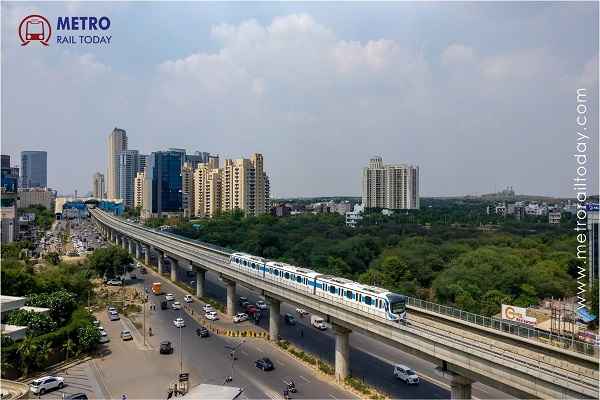 HMRTC proposes Double-Decker Viaduct on Pachgaon Metro Corridor in Gurugram
HMRTC proposes Double-Decker Viaduct on Pachgaon Metro Corridor in Gurugram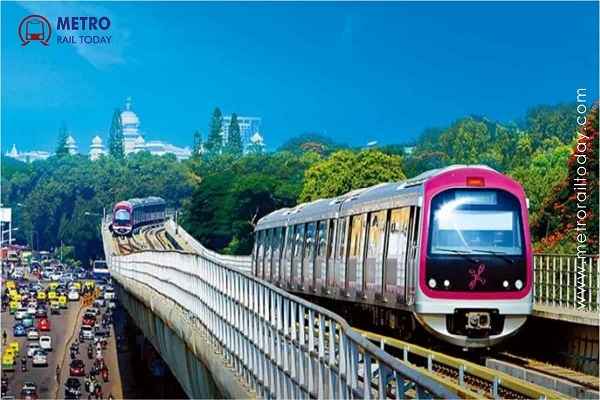 175 km of Bangalore Metro Rail Network to be Operational by December 2027
175 km of Bangalore Metro Rail Network to be Operational by December 2027 NCRTC initiates pre-construction activities for 136-km Delhi–Panipat–Karnal RRTS Corridor
NCRTC initiates pre-construction activities for 136-km Delhi–Panipat–Karnal RRTS Corridor
Delhi–Alwar Namo Bharat RRTS Corridor to be developed in three phases
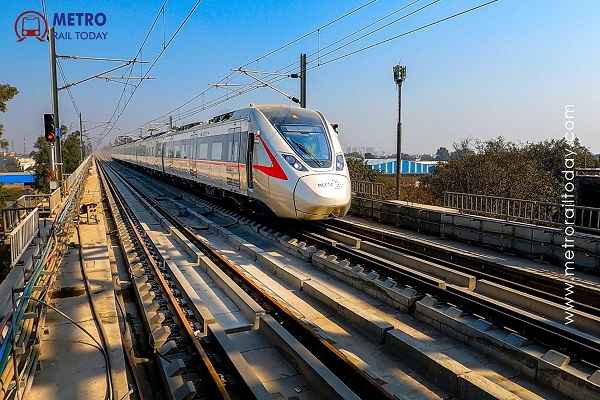
New Delhi, India (Metro Rail Today): In a strategic move to boost regional connectivity across the National Capital Region (NCR), the proposed Delhi–Alwar Namo Bharat Regional Rapid Transit System (RRTS) corridor will be developed in three phases, bringing India a step closer to a high-speed, multi-state, multimodal transport future. The corridor, which forms part of India’s ambitious RRTS program, is aimed at decongesting cities, promoting economic growth in satellite regions, and offering environmentally friendly mobility solutions.
The Delhi–Alwar RRTS corridor will span approximately 164 km and will pass through Delhi, Haryana, and Rajasthan, connecting Sarai Kale Khan in Delhi to Alwar in Rajasthan via Gurugram and Rewari. This high-speed semi-rapid rail corridor is expected to reduce travel time from Delhi to Alwar to nearly two hours or less, with trains operating at a design speed of 180 kmph.
According to the latest updates, the corridor will be developed in three sequential phases to ensure efficient implementation and funding optimization:
-
Phase 1: Sarai Kale Khan (Delhi) to Shahjahanpur (approx. 107 km)
-
Phase 2: Shahjahanpur to SNB (Shahjahanpur–Neemrana–Behror)
-
Phase 3: SNB to Alwar
Each phase will include multiple elevated and underground stretches with seamless integration with Delhi Metro, ISBTs, and other RRTS lines like the Delhi–Meerut and Delhi–Panipat corridors, creating a unified transit network across North India.
The National Capital Region Transport Corporation (NCRTC) will be the implementing agency, leveraging its experience from the Delhi–Meerut RRTS corridor, where Namo Bharat trains have already begun commercial operations. Once operational, the Delhi–Alwar corridor will serve thousands of daily commuters, reduce vehicular congestion, lower carbon emissions, and enhance productivity by shortening long intercity travel times.
The project will include key stations at:
-
Sarai Kale Khan (Delhi)
-
INA
-
Munirka
-
Aerocity
-
Cyber City (Gurugram)
-
Manesar
-
Bawal
-
Rewari
-
Shahjahanpur
-
Neemrana
-
Behror
-
Alwar
Commenting on the significance of the project, Mrs. Mamta Shah, MD & CEO of Urban Infra Group, stated, “The Delhi–Alwar RRTS is not just another infrastructure project—it’s a transformative economic and mobility corridor that will bridge state borders, connect people to jobs, education, and healthcare faster, and drive regional development. This stepwise implementation model is practical, scalable, and strategically sound.”
The RRTS initiative is a flagship urban mobility program under the Ministry of Housing and Urban Affairs (MoHUA) and is aligned with India’s National Infrastructure Pipeline (NIP) and PM Gati Shakti Mission. It will be developed under a public investment and loan-based hybrid model, with support from international financial institutions such as the Asian Development Bank (ADB) and Asian Infrastructure Investment Bank (AIIB).
As work progresses on the Delhi–Meerut and other RRTS corridors, the Delhi–Alwar line is poised to become another vital artery in India’s high-speed rail ecosystem, promising faster, safer, and smarter intercity travel across the expanding NCR.




